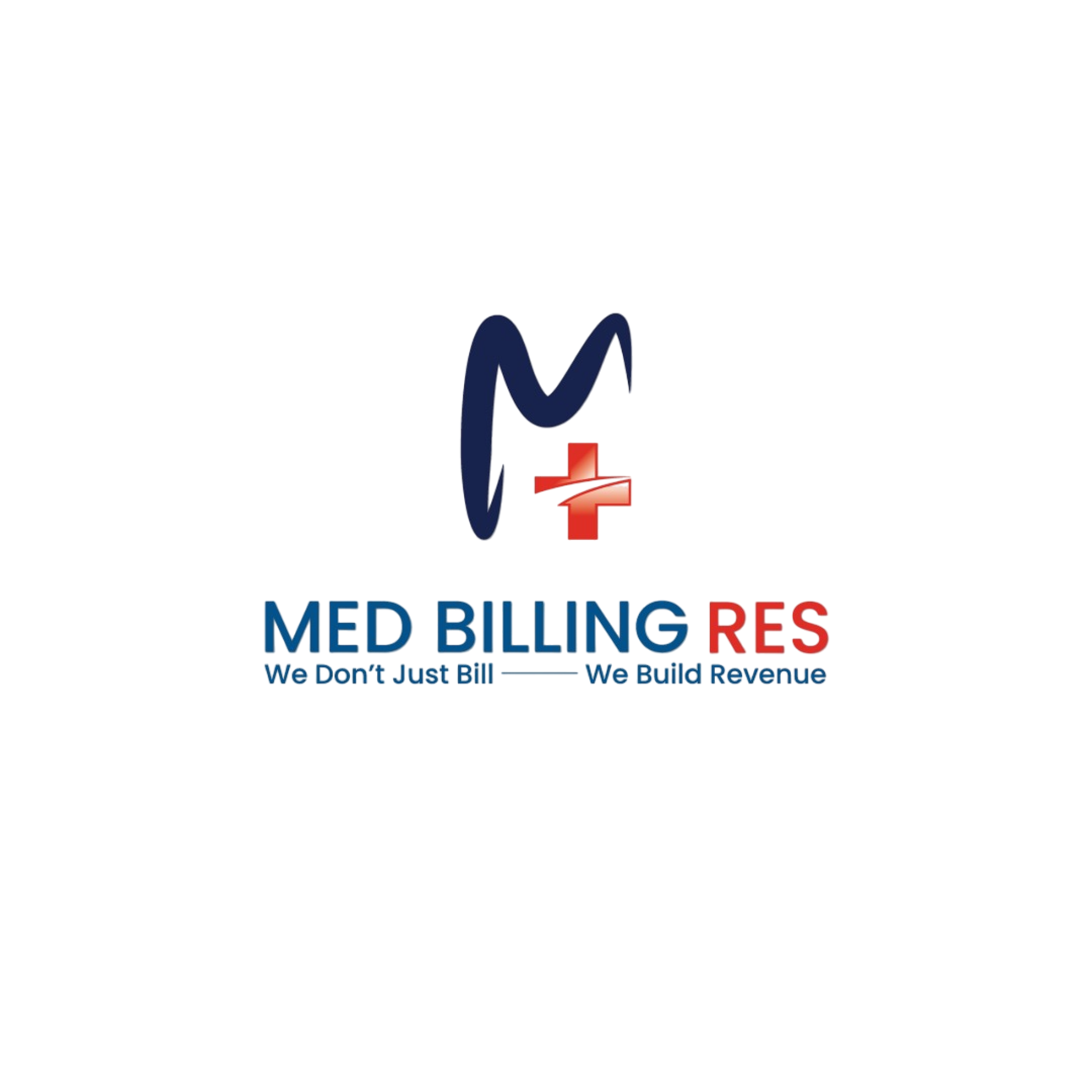Outsourcing medical billing can save money, speed up payments, and reduce stress for your team. Instead of handling claims, denials, and paperwork in-house, you get experts who focus on getting you paid faster and more accurately. The cost depends on the pricing model you choose. The right setup can bring in more revenue than it costs. In this blog, we’ll look at standard pricing models, what affects cost, and how Medical Billing outsourcing can give you a strong return on investment.
Standard Pricing Models for Outsourcing Medical Billing
When evaluating an outsourced medical billing partner in the U.S., the pricing model is as important as the quoted rate. The model determines cost, incentive alignment, and expense predictability. It also defines how well the vendor adapts to your claim volume and complexity. Below are the five most common approaches in the U.S. Medical billing market.
1. Percentage of Collections
Typical range is 3%–10% of net collections. Most competitive quotes are between 4% and 8%. The vendor takes a percentage of the revenue they collect for you. This model fits practices with moderate to high claim values. It works well for specialties where revenue per encounter is steady.
Pros: Incentives align with your performance. The vendor earns only when you receive payment. This encourages consistent follow-up on denials and late payments.
Cons: Costs can rise quickly for high-revenue specialties, such as orthopedics or cardiology, because fees grow with revenue rather than workload.
Oncology, cardiology, and orthopedic practices often choose this model for its simplicity and performance alignment.
2. Flat Per Claim
Typical range is $0.30–$2.00 when billed through a clearinghouse. Full-service outsourced Medical billing firms often charge $4–$10, depending on complexity. You pay a fixed fee for each claim, regardless of claim size or payer. This model fits high-volume, low-acuity settings, such as primary care or behavioral health.
Pros: Easy to budget because total cost is based on volume, not reimbursement.
Cons: Does not account for claim complexity, and vendors may lack motivation to pursue small-denial recoveries.
3. Hybrid Model
A flat fee for standard claims and a percentage-based fee for specialized tasks (e.g., denial rework, aged A/R collections). This is ideal for multi-specialty or mixed-acuity practices.
Pros: Predictable routine costs while ensuring fair vendor compensation for complex tasks.
Cons: Requires clear contract terms to avoid unexpected charges.
4. Hourly Rate
Typical range is $20–$35 per hour for U.S.-based staff. Hybrid U.S./offshore staffing can lower rates. Vendors bill for actual hours worked, best for short-term projects, seasonal spikes, or backlog cleanup.
Pros: Transparent labor costs, flexible staffing.
Cons: Costs may fluctuate based on claim volume, focusing on time rather than results.
5. Per-Provider Subscription
Typical range is $200–$1,000/month per provider. Best for small practices with consistent claim volume.
Pros: Simplifies budgeting with predictable expenses.
Cons: May be costly for low-activity providers. Clear scope of services is crucial.
Why Medical Billing Outsourcing Costs Vary by Specialties
Outsourcing costs depend on specialty-specific complexity, payer rules, and revenue cycle challenges.
- Oncology / Radiation Oncology: 6–8%, due to prior authorizations and audits.
- Orthopedics: 4–8%, with bundled payment and implant billing.
- Cardiology: 5–9%, high due to imaging and prior authorization.
- Behavioral Health: 2.5–8% or $2–$8 per claim, lower-value claims.
- Radiology: 5.5–10% professional billing, 2–5% global.
- Labs / Pathology: 4–8%, reconciliation needs.
Common Additional Charges in Medical Billing Outsourcing
- Setup/Onboarding: $300–$1,900 per provider or group.
- Admin & Software: $50–$250/month; advanced analytics $3,000–$6,000/year.
- Clearinghouse Fees: $0.11–$1.50/claim.
- Monthly Minimums: $500+ regardless of volume.
- Hidden Charges: Denial resubmission, statement mailing, special projects.
Factors Affecting USA Outsourced Medical Billing Costs
- Geography: Metro-based vendors charge more.
- Vendor Experience: Experts reduce denials, boosting ROI.
- Volume & Complexity: High-volume simple claims cost less.
- Scope of Services: Full RCM costs more but improves efficiency.
- Automation: AI-driven claim scrubbing improves accuracy.
- Pricing Model: Choose based on volume, variability, and complexity.
- Market Growth: $6.3–$6.8B industry growth drives innovation.
Calculating ROI: Smarter Outsourcing Decisions
Cost-to-Collect Formula: Total RCM cost ÷ patient collections.
Automation Savings Example
| Task | Manual Cost | Electronic Cost | Time Saved | Savings |
| Claim Status Inquiry | $12–$16 | $1–$2 | ~17 mins | $10+ |
| Prior Authorization | $10.97 | ~$5.79 | Varies | ~50% |
Automation can save ~$29.84 per patient encounter, lowering overall costs.
Specialty-Specific ROI Highlights
- Oncology: Automated prior auth reduces delays.
- Orthopedics: Hybrid approach prevents ~65% of avoidable denials.
- Cardiology: Intelligent eligibility checks and edits boost clean claim rate.
- Behavioral Health: Automation improves accuracy in benefit capture.
- Radiology: First-pass acceptance rates ≥90% maintain cash flow.
- Labs: ERA auto-posting improves reconciliation accuracy.
Conclusion Outsourcing Medical Billing
Outsourcing medical billing cuts costs, speeds payments, and lowers stress. MedBilling Res delivers specialty-focused billing with 98%+ clean claim rates and faster payments. With transparent pricing, advanced automation, and proven performance, they can transform billing into a growth driver for your practice.
Checkpoints to Choose the Right Billing Partner
Proven client track record
Transparent pricing, no hidden fees
Specialty expertise
High clean claim and first-pass acceptance rates
Strong denial management
Advanced automation and analytics
HIPAA-compliant operations

